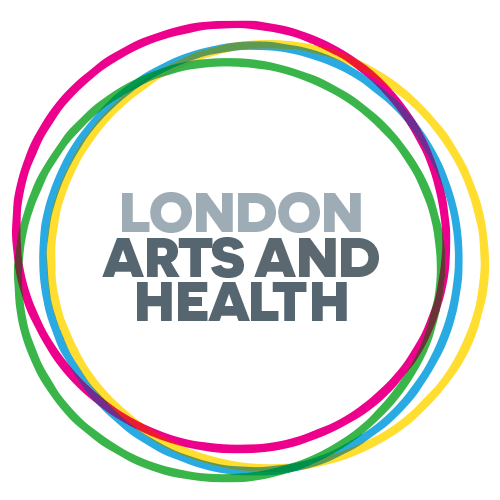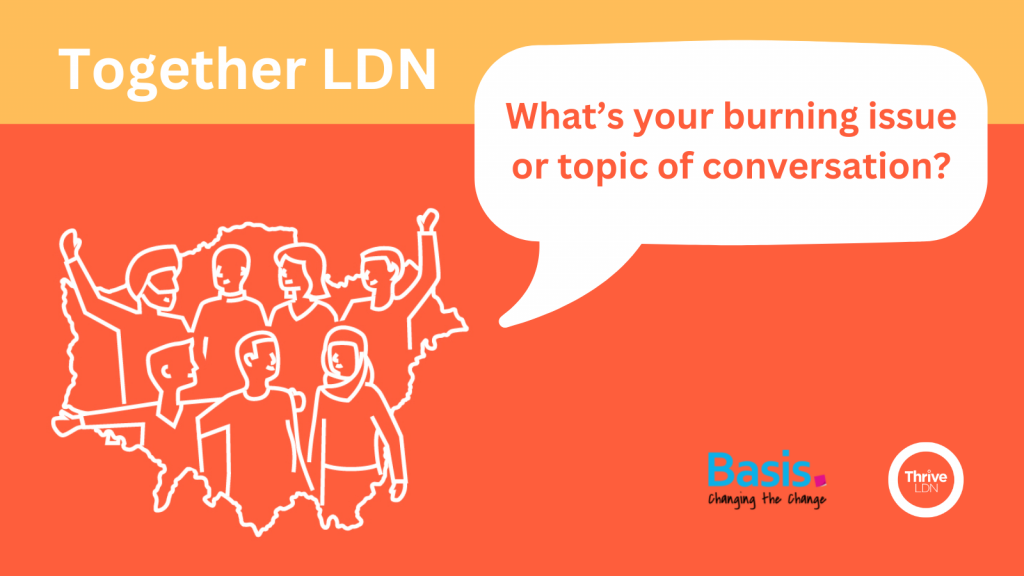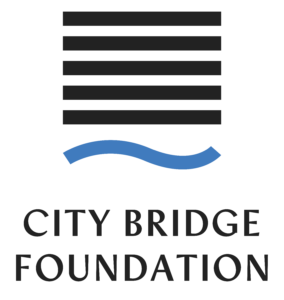The value of case study evidence Project case studies are often overlooked in academic research…

Exploration of the change in the arts and health landscape from the perspective of Lucinda Jarrett, co-founder of Rosetta Life
The role of arts in healthcare settings has become part of the recognised creative landscape, but this is far from how things were when Lucinda Jarrett started out.
Back in 1997, when we were called LifeStories, the model for artists’ engagement in health care was the artist residency. An artist would create a response in a healthcare setting that would then exist as a public artwork. The difference in our approach was that as artists we worked with participants using our creative skills to enable them to co-create and take ownership of their story.
We began in hospices and aimed to help people living with life-limiting conditions find ‘meaning’ in lives knocked sideways by illness. ‘Meaning’, in this context, meant enabling participants to find a story in their lives, which would be presented to family, friends and hospice staff at a live celebration event. The event would be a mixture of performed poems, songs, short videos, displayed artwork and, crucially, simple choreographed movement.
Enthusiasm and suspicion
In the early days, our work was met with both enthusiasm and suspicion. Psychotherapists, occupational therapists and clinicians recognised the value of creative activity supported by skilled artists, but some questioned whether we had the skills to work in healthcare settings.
To the doubters, I would point to the contrasting intention of art therapist and art practitioner. As artists our intention was to make and co-create, whereas an art therapist’s aim was to heal. Both art making and art therapy are therapeutic and creative: the difference lies in how we respectively weight them.
The hospice movement provided fertile ground for arts in health practice. By 2002 LifeStories, re-branded Rosetta Life, had established a network of 20 hospices linked by a website hosting an online gallery of work shared at live celebration events.
The intrinsic holistic principles of palliative care are led by the understanding that suffering extends beyond medical pain and is both physical, spiritual and psychosocial. Holistic care engages the whole family, acknowledging the web of relationships that support each individual journey towards the end of life. This provides strong possibilities for creative initiatives, particularly for ‘meaning making’ at the end of life.
Global spread of the programme
While music and art therapies were widely accepted across healthcare, dance and drama offerings only emerged later. Contemporary ballet company Mark Morris Dance Company developed the first Dance for Parkinson’s programme. A training programme led to the global spread of the programme and when I attended this in 2010 it was already embedded and evidenced.
Between 2009 and 2015 Rosetta Life’s work grew as a creative engagement programme for healthcare. The public campaign to create conversations for living with dying enabled us to create public performances with hospice communities in London, Scotland and the West Midlands, expanding the role of arts and health into drama and music theatre.
Rosetta Life’s Stroke Odysseys began in 2010 with a pilot for a programme of dance and movement practice at the National Hospital for Neurology and Neurosurgery. The programme was co-designed with Chris Thompson, head of Creative Learning at The Place, dance artists with a particular expertise in working in health care including Miranda Tufnell and Niamh Dowling, and a wonderfully supportive team of physiotherapists led by Professor Nick Ward.
In 2015, a pivotal moment in the development of our arts in health practice was a grant awarded under the Arts and Health Grant scheme led by Nikki Crane at Guy’s and St Thomas’ Charity. The brief was to co-design, with stroke participants, a co-created performance arts practice with South London communities. Stroke Odysseys emerged as a model that integrates stroke participants into public performance, supported by professional singers and movement artists. This model has succeeded.







